Many gardeners struggle with the challenge of watering their gardens without a hose, especially when dealing with those plants that require frequent and regular watering. There are actually several methods available to water a garden effectively without having to rely on a hose for delivery – from hand-watering techniques to alternate irrigation methods like using rain barrels or ollas – and this blog post will explain just how easy it can be. From setting up effective rain collection systems, repurposing items you may already have in your home or backyard, to selecting drought-tolerant plants that require less watering in the long run; these tips and tricks will help ensure your garden stays healthy even when you don’t have access to traditional gardening resources. Keep reading for our comprehensive guide on keeping your garden hydrated without needing to call upon a trusty green thumbed friend!
Why Shouldn’t You Water Your Garden With A Hose?
1. Hose Encourages Weed Growth
A hose provides a direct supply of water that encourages weeds to grow. When you use a hose, weeds can quickly choke out your plants and take up all the nutrients in the soil.
2. Different Plants Have Unique Watering Requirements
Although most water garden plants prefer moist soil, different varieties may have unique watering needs. Some aquatic plants, like papyrus or water lilies, need to be placed in shallow containers of water and should never dry out completely. Ferns and other marshland plants may require very little actual irrigation as they prefer a constantly damp soil. Cattails and iris are well adapted to standing water, while cattail cypress can tolerate brief periods of drying out. It is important to research the particular variety you plan on planting to determine its specific requirements for watering. [1]
3. Mulching Helps Retain Moisture
Mulches are an excellent way to help retain moisture in the soil for extended periods of time. A thick layer of organic mulch, such as wood chips or bark, will help keep the water garden soil from drying out so quickly. Additionally, mulches also prevent weeds from taking hold and competing with desired plants for available moisture and nutrients. Organic mulches should be applied generously around the base of the plant when planting and periodically throughout the season to maintain their effectiveness.
4. Drip Irrigation Systems Are a Water-Efficient Option
A drip irrigation system is an effective way of providing water to your water garden without wasting resources. A series of small pipes are laid in underground trenches connected back to a main supply line that slowly drips water at intervals throughout the day, allowing it to slowly soak into the ground where it’s needed. The water from the drip irrigation system is delivered directly to the roots of the plants, where it can be absorbed more efficiently and provide better results than traditional hosing methods. Drip irrigation systems also use significantly less water, making them a great choice for anyone trying to conserve water in their garden.
5. Deep Root System Formation In Garden Plants
Make sure that the root system of your garden plants is deep and strong. This can be done by applying water around the stems and roots instead of over it. This will encourage deeper root formation, which will help them to uptake nutrients and moisture from farther down in the soil. It also helps to reduce water loss due to evaporation. Additionally, use a layer of mulch on top of the soil as this will further reduce evaporation and promote healthy root development.
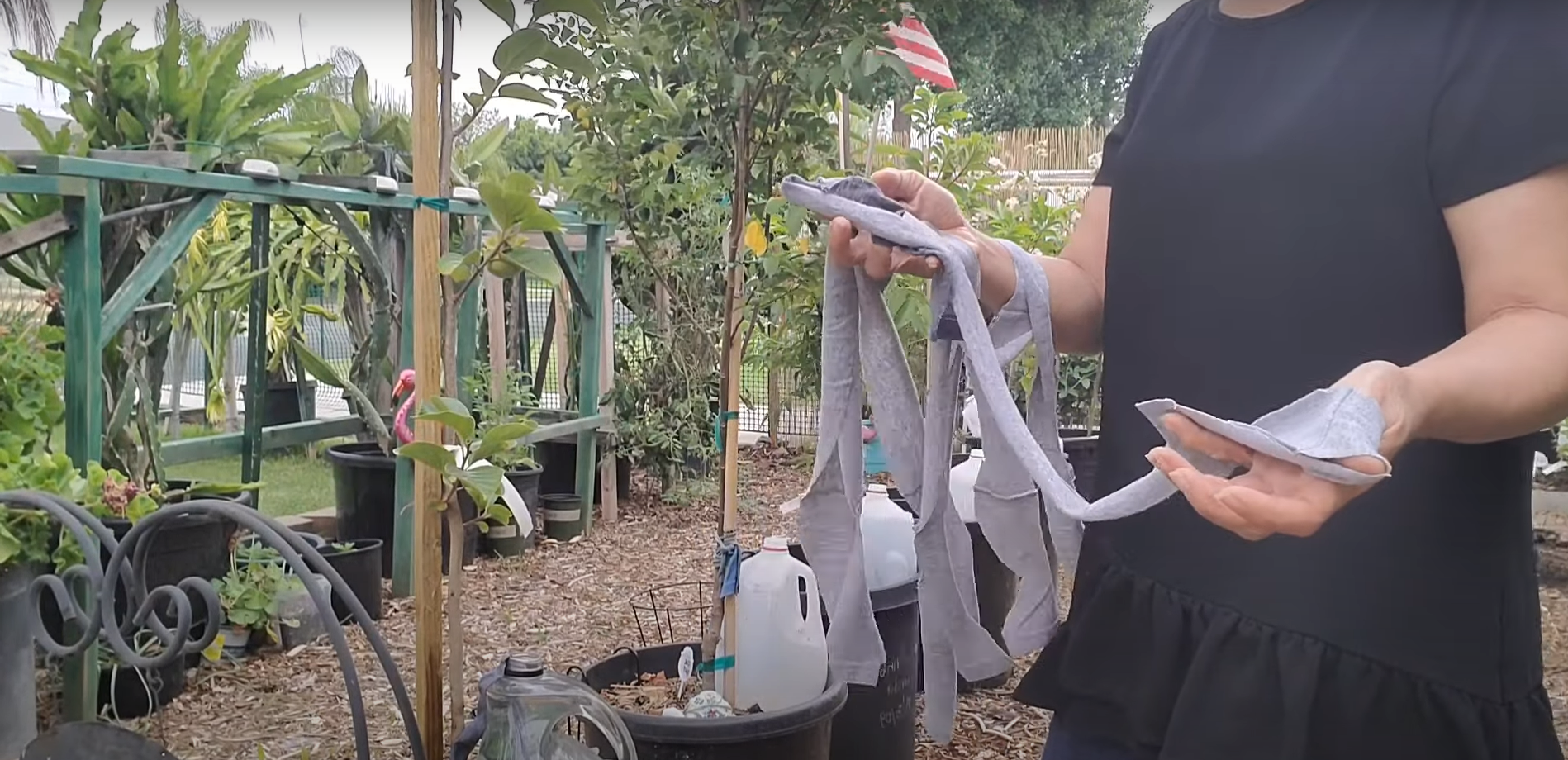
6. Potential Contamination Of Water Sources
When using recycled water for gardening, it is important to understand that there is potential for contamination of both the water sources and your garden. To minimize this risk, use a filter system like sand or gravel beds before reusing the water in your plants. This will help remove any particles or bacteria that may be present in the water and prevent them from entering your garden. Additionally, avoid using any chemicals on your plants as these can also cause contamination of water sources.
How To Meet The Water Requirements of Your Garden Without A Hose?
1. Plant Drought Resistant Plants
Choosing drought resistant plants can help you minimize your water usage. Most succulents are great in this regard, and many flowers, herbs, and vegetables also fare well with limited water.
2. Apply Mulch
Mulch will help keep the soil cooler, suppress weeds and reduce water evaporation. Organic mulches such as compost or wood chips can improve soil fertility over time, while inorganic materials like gravel, stones and sand act more as decoration. Spread a thin layer of mulch around the garden beds to create an attractive border as well as protect against water loss from the soil. Reapply mulch every spring to replenish what’s been lost over the winter months. [2]
3. Use Watering Cans
Watering cans are essential for hand watering plants in the garden. Choose a can that has multiple different size spouts and is made from durable material to ensure it will last a long time. Fill up the can with water near a source like a tap or hose and begin watering each plant slowly, making sure to aim for the roots of the plant and not its leaves. This method is labor-intensive but can help you get more control over how much water each individual plant receives.
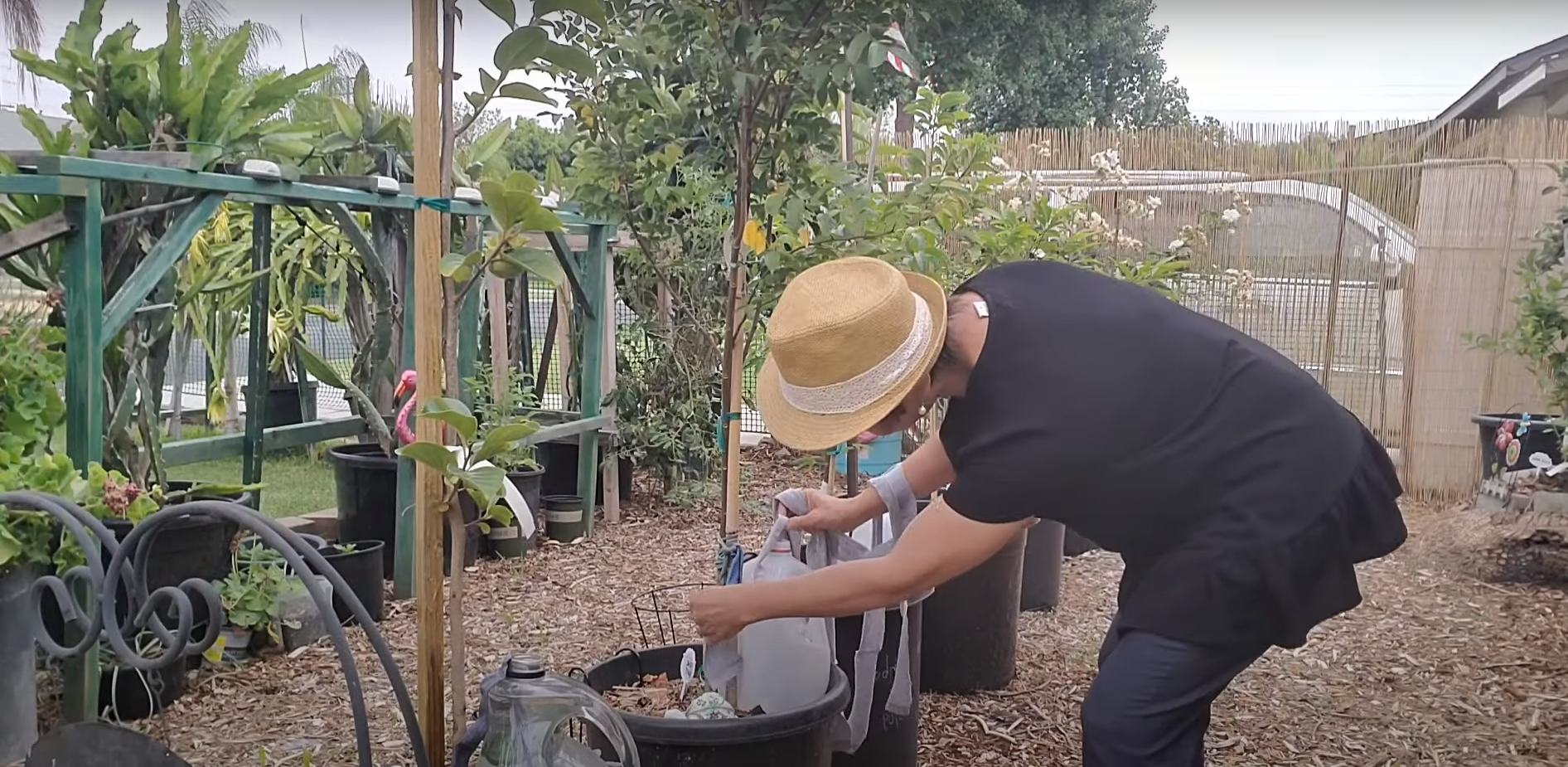
4. Harvest Rainwater
Rain barrels are a great way to capture rainwater and store it for later use. Position the barrel at an elevated position near the garden so that when it rains, the water will be directed into the barrel instead of running off. Once it’s full, you can use a watering can to collect water from inside the container and apply it directly to your plants. The captured water is free of chemicals, making it ideal for both edible gardens and flower beds.
5. Plant Container Gardens
Container gardens are a great way to water a garden without a hose. They allow you to keep your plants in one spot and provide quick access to water when needed. To make sure your container gardens get enough water, you can use self-watering systems or sub-irrigation trays filled with pebbles and water. This will help keep the soil moist and ensure that your plants have what they need to thrive. For more convenience, you can connect a drip irrigation system from an outdoor faucet directly into the containers so that they never go dry. Additionally, grouping different kinds of plants together in the same container will give them all the right amount of moisture at once, allowing you to conserve even more water.
6. Use Planting Mediums
Using a planting medium like peat moss or vermiculite instead of soil can help you water garden without a hose. These mediums absorb and retain more moisture than regular soil, so they’re great for conserving water. They also provide aeration that helps plants take in more nutrients and remain healthy. When using these types of planting mediums, make sure to give them a good soaking before adding your plants to the containers. This will ensure that they have enough moisture when it’s time to start gardening. [3]
7. Use A Drip Irrigation System
A drip irrigation system is a great way to water your garden without a hose. Drip irrigation uses a network of pipes, valves and sprinklers that deliver precise amounts of water directly to the base of plants. This type of watering system helps conserve water by only delivering the exact amount needed for each plant. It also helps keep weeds from growing, as it waters just the desired areas and not any undesired ones. Additionally, you can program it to turn on and off automatically, making it easy for you to maintain your garden while saving money on energy costs at the same time.
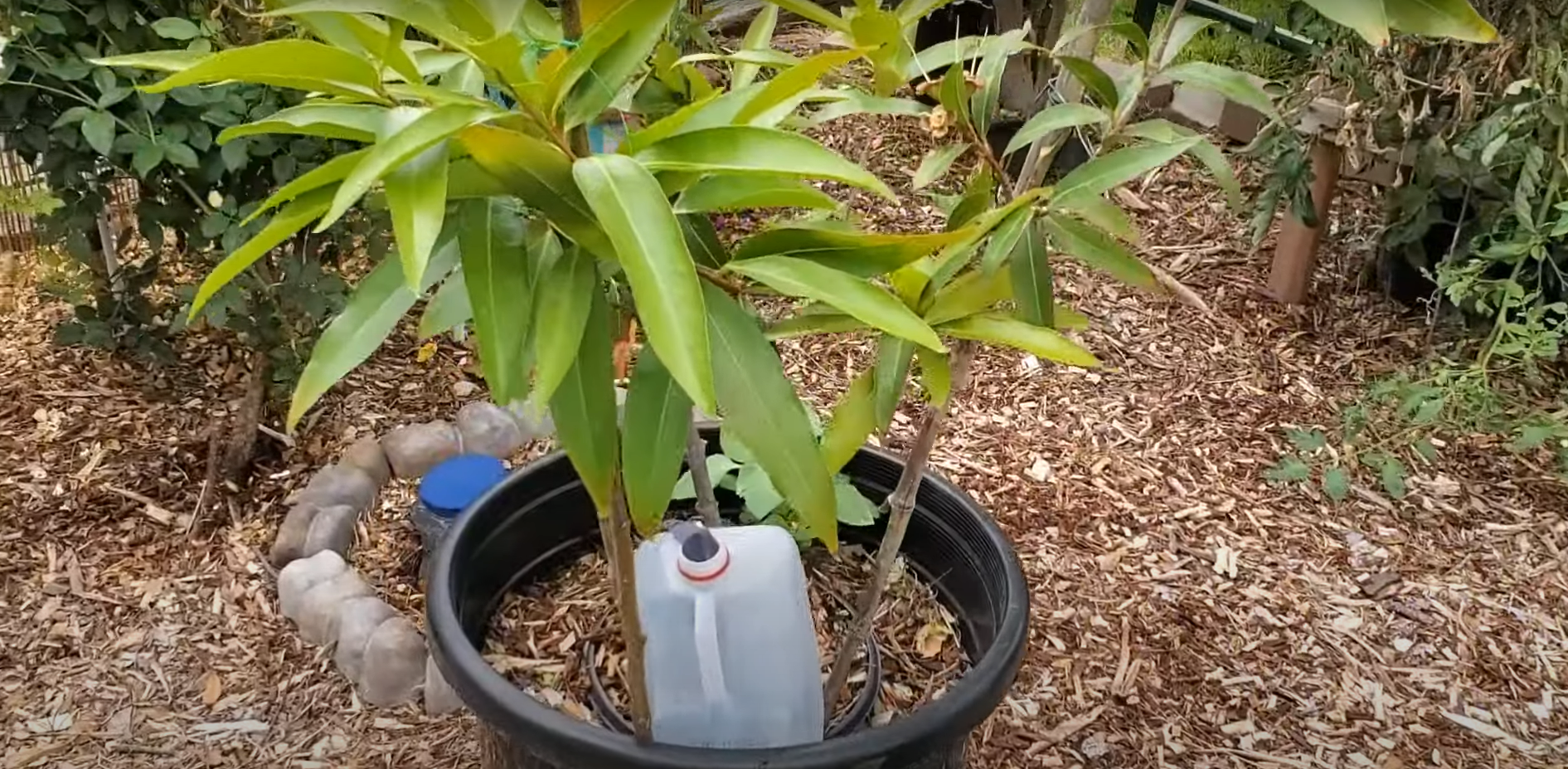
8. Recycle Grey Water
Gray water is a type of wastewater that has been used in the home, such as from sinks or baths. Rather than letting it run down the drain, you can repurpose it to water your garden. Before using gray water in your garden, make sure to check with local authorities about regulations and safety requirements. Once everything is approved, simply collect the gray water in a storage tank and pump it into your watering system when needed. This will help conserve even more water while keeping your plants healthy at the same time!
9. Use Plastic Bottles As Reservoirs
If you don’t have the space for a large storage tank, then plastic bottles can be used as reservoirs instead. Simply fill them up with water and place them near your plants. Make sure to use sturdy bottles and make sure that they’re not exposed to direct sunlight so that the water doesn’t get too hot or cold. The caps on these bottles will act as a barrier against any pests or debris from getting into the water supply. This is a great way to keep your garden watered without having to purchase expensive equipment.
10. Maintain Your Sprinkler Heads Regularly
If you have a sprinkler system, it’s important to check and maintain the heads regularly. This will help ensure that the water is being delivered effectively and not wasted. If any of the heads are blocked or damaged, then they won’t be able to distribute water properly. Additionally, make sure to clean out any debris such as leaves or twigs that could prevent the water from reaching certain areas of your garden.
With these tips, you can easily keep your garden healthy without having to use a hose! Just remember to conserve water whenever possible – it’s an essential resource for our planet and should be treated with care. [4]
How to Water Gardens More Efficiently?
Watering your garden is an essential part of keeping it healthy and thriving. But, if you don’t have a hose at home, how can you water your garden without one? Here are some tips for making the most out of what water you have available:
- Collect rainwater in barrels or buckets. Rainwater is completely free and can be collected from surfaces such as rooftops or decks. Use the collected rainwater to hydrate flowers, vegetables, shrubs, trees or other plants that require frequent watering.
- Invest in a hand-held pump sprayer. A pump sprayer is great for spot watering and works well for smaller gardens with fewer plants that need to be watered more frequently.
- Use drip irrigation systems. Drip irrigation systems are an efficient way of watering large areas that require frequent watering and can be set up using containers, buckets or barrels.
- Use a soaker hose to water larger gardens and fields. Soaker hoses deliver water slowly through pre-cut holes in the walls of the hose, allowing it to sink down into the soil and hydrate your plants without wasting too much water. [5]
- Make use of mulch and compost around your plants. Mulch helps retain moisture in the soil while preventing weeds from growing which will help keep your garden healthy with less wasted water! Compost also helps add nutrients back into the soil, making it more robust and better able to retain moisture.
By following these tips, you can water your garden without a hose and keep it healthy no matter what size or type of garden you have. With efficient water-saving techniques, you can save money on your water bill while ensuring that your plants receive the hydration they need for optimal growth!
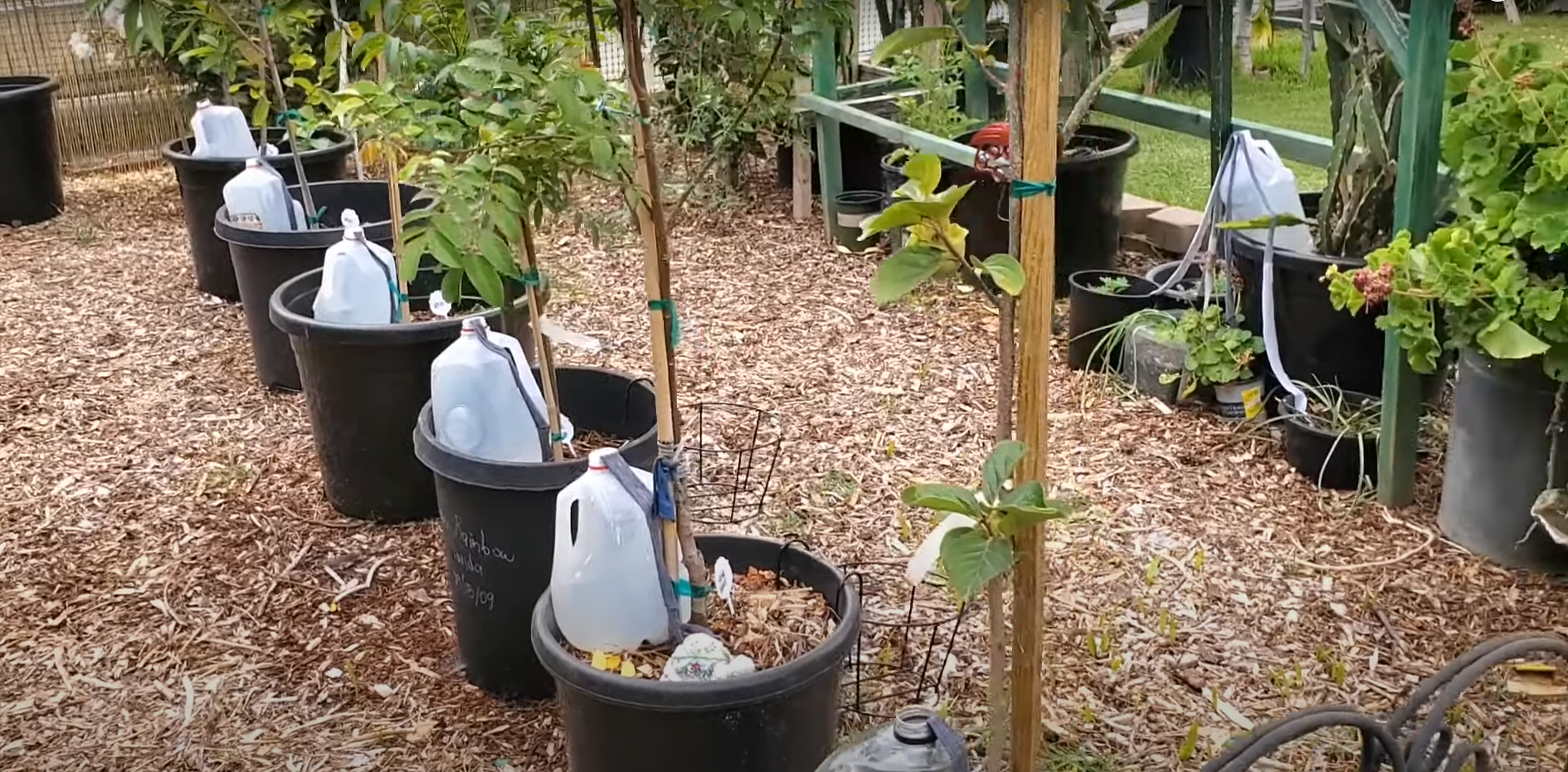
Pros and Cons of Watering Garden Without a Hose
When it comes to watering your garden without a hose, there are both pros and cons to consider.
Cons: Manual watering is labor-intensive; you have to physically move the water to each spot that needs it, which can make it difficult to maintain larger gardens. Additionally, manually pouring water at a steady rate is difficult and requires more effort than simply turning on a hose or setting up an automated watering system.
Finally, manual watering does not allow for any kind of precise timing for when your plants get watered; you must remember to check them regularly.
In the end, whether you should choose to water your garden without a hose depends on many factors such as how much time and energy you are willing to invest in maintaining it. Ultimately, any method that provides sufficient irrigation while also preserving water resources is worth exploring. [6]
FAQ
How can I get water without a hose?
The best way to water a garden without a hose is by using buckets, jugs, and cans. Collecting rainwater is also an option if you have access to gutters or other collecting systems. If possible, you can connect your irrigation system to a nearby water source such as a lake or river. For smaller gardens with limited space, self-watering containers are also available. These containers use capillary action to move water from the reservoir up to the soil where it’s needed.
What tools do I need for manual watering?
When manually watering plants with buckets or jugs, it’s important to have the right tools on hand. A long-handled watering can is ideal for reaching plants in hard-to-reach areas. Long-handled watering wands are also available for those who don’t want to bend over while watering. A low-pressure sprayer is great for sensitive plants that can’t handle too much water at once. For larger gardens, a garden hose or irrigation system may be necessary to get the job done efficiently.
What should I consider when collecting rainwater?
When collecting rainwater for your garden, there are several factors you should consider: the quality of the water and how it will impact your plants; safety regulations relating to using collected rainwater in your area; costs associated with installing a collection system; and whether or not you need additional filtration systems to ensure purity. Additionally, you should be aware of the environmental impact of collecting rainwater-especially in drier climates.
What type of self-watering containers are available?
Self-Watering Containers come in a variety of sizes and materials, from plastic to terracotta. These containers use capillary action to move water up from the reservoir into the soil where it’s needed. Many also have built-in sensors that detect moisture levels and adjust accordingly. Self-watering containers are great for smaller gardens with limited space or for those who want to conserve water. They can also help reduce weeds since there is no need to manually water each plant.
Are there any other watering solutions I should consider?
In addition to manual watering, self-watering containers, and collecting rainwater, you can also consider drip irrigation systems. Drip systems are a type of low-pressure sprinkler system that slowly delivers water directly to the root zone of plants. This conserves water and prevents erosion and runoff. Many modern irrigation systems can be connected to nearby sources such as lakes or rivers for added convenience. Additionally, there are several “smart” watering solutions available that use sensors to determine when plants need water and how much they require. No matter what solution you choose, it’s important to keep your garden watered in order to ensure healthy growth and blooms.
How do you water plants when away from home?
Fortunately, there are a few ways to water your garden without the use of a hose. One of the best methods for watering plants while away is to create a self-watering system. This can be done by using containers with wicks that you can fill with water and place near each plant. The wick will draw up moisture and deliver it directly to the soil surrounding your plants, making sure they get an adequate amount of water even when you’re away. If you prefer not to use containers with wicks, then drip irrigation systems may be a good alternative for keeping your plants hydrated when away from home. Drip irrigation systems slowly release water into the soil over time, allowing for more efficient distribution of moisture throughout the garden. These systems can be purchased online or in some hardware stores, and are relatively easy to install and maintain. Finally, you can also use rain barrels to collect water that can then be used to water your plants when away from home.
Why use a watering can instead of a hose?
Watering cans offer a few advantages over hoses. Because they are not connected to a tap, you can water specific plants in your garden without having to move the hose around. You also don’t have to worry about accidentally overwatering your plants due to the pressure from the water coming out of the hose being too strong. Finally, watering cans allow you to be more precise with how much water each plant receives since you can measure and adjust as needed. It’s important to note that if you choose this method, make sure to use clean rainwater or bottled mineral water for your plants rather than tap water, as it will provide them with more nutrient-rich benefits.
Useful Video: EASIEST & CHEAPEST DIY SELF WATERING SYSTEM FOR YOUR PLANTS/ TREES
Conclusion
Water gardening without a hose is an easy and fun way to enjoy the beauty of aquatic plants. By understanding the basics of water gardening, such as designing a self-contained system, using rain barrels or containers to collect rainwater, and choosing appropriate aquatic plants for your region, you can create both a stunningly beautiful and low maintenance garden that will bring years of enjoyment. With a little effort and creativity, it’s possible to create an attractive water garden in any outdoor public space or even in your own backyard.
Happy gardening!
References:
- https://www.agwayenergy.com/blog/how-to-water-your-garden-without-a-hose/
- https://kellogggarden.com/blog/gardening/summer-gardening-how-to-water-your-garden-without-a-hose/
- https://www.fallsgarden.com/water-garden-without-hose/
- https://www.teabreakgardener.co.uk/how-to-water-a-garden-without-a-hosepipe/
- https://gardeningleaf.com/how-to-water-a-garden-without-a-hose/
- https://maingardentools.com/how-can-i-water-a-garden-without-a-hose/





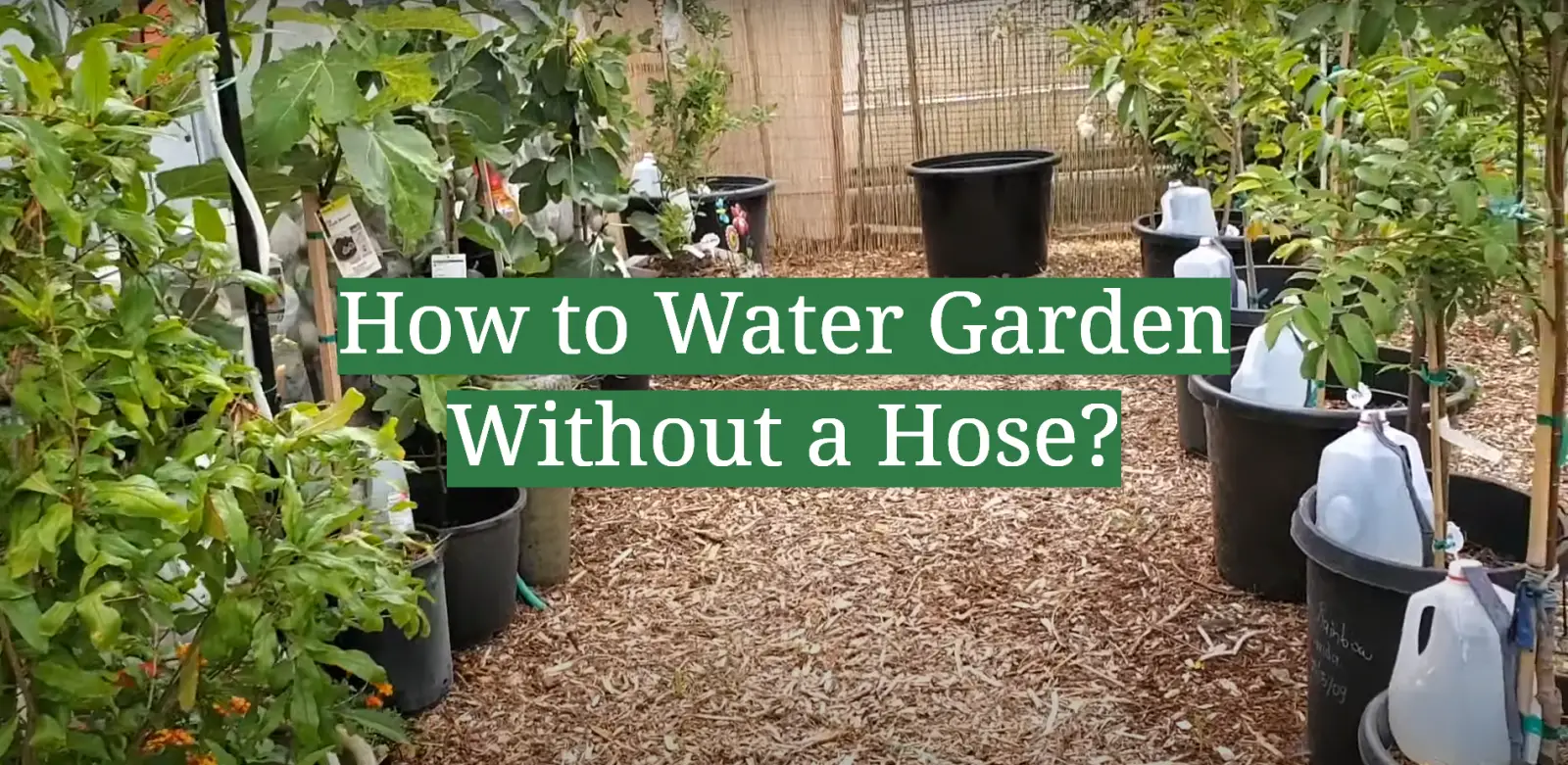
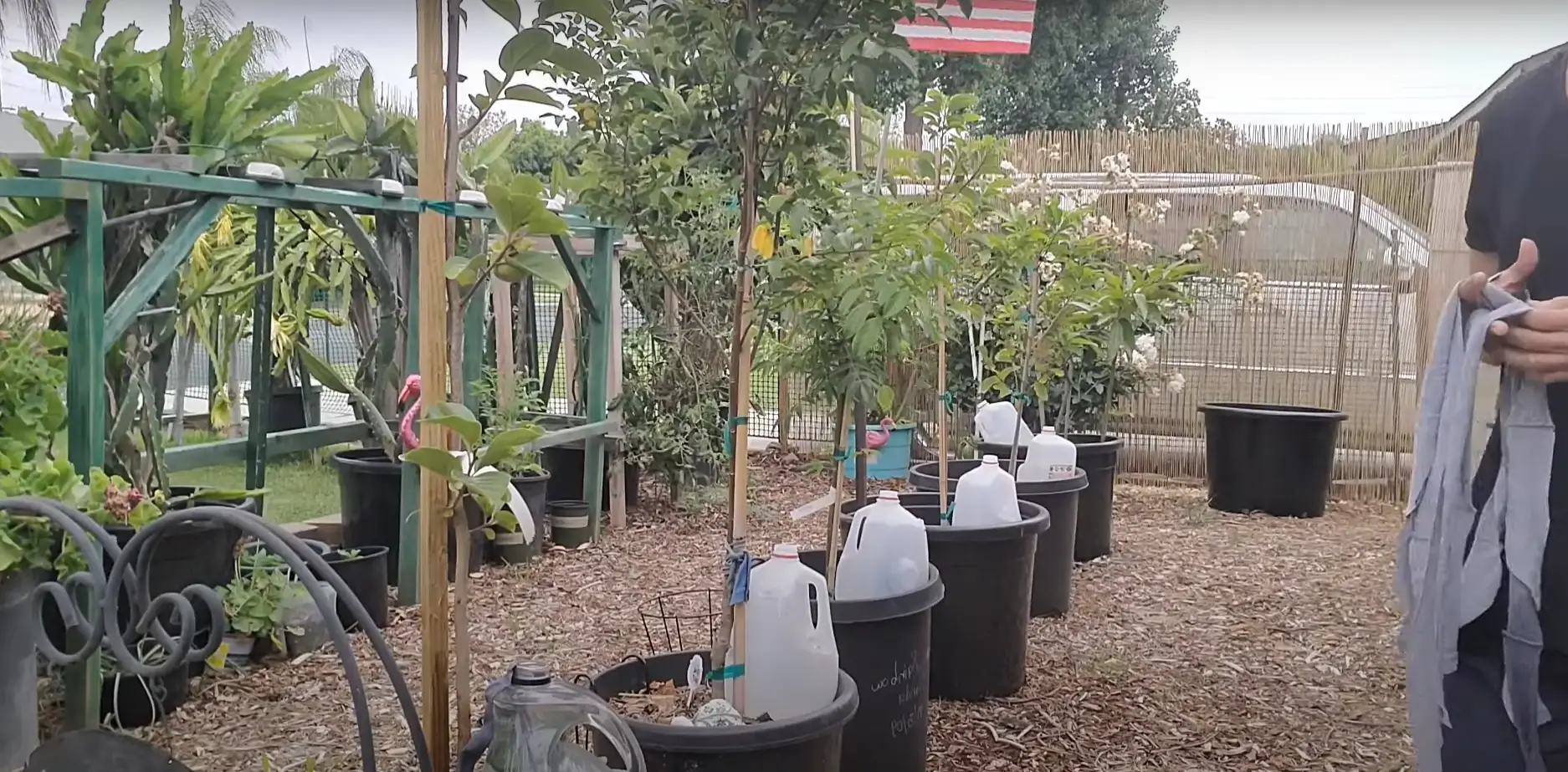

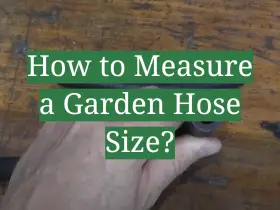
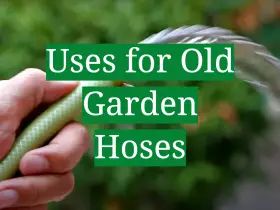
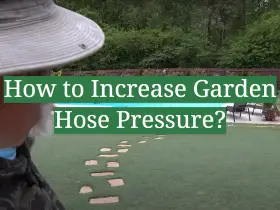
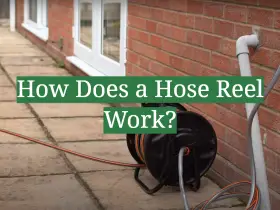
Leave a Reply
View Comments